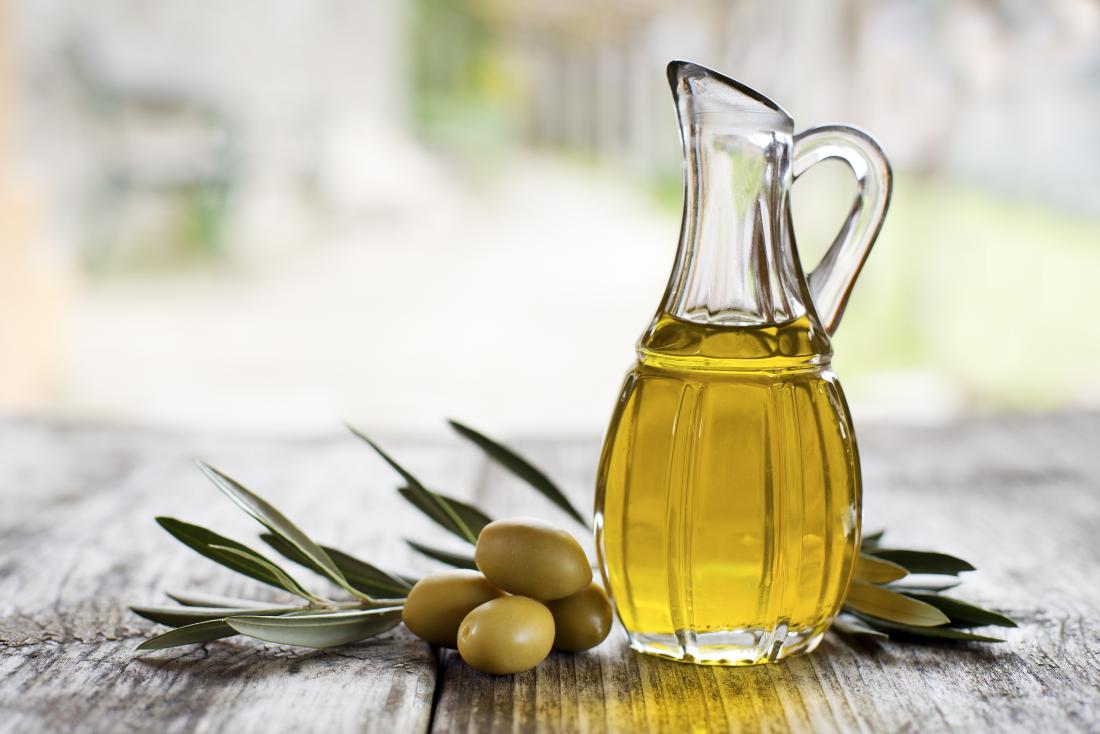You can cook food at high temperatures – and even fry – using Extra Virgin Olive Oil (EVOO). Indeed, one should be encouraged to do so when also considering the health benefits of EVOO. This is just one myth surrounding Extra Virgin Olive Oil that SA Olive can categorically dispel along with a few other common misconceptions.
Myth: All Extra Virgin Olive Oils are the same.
Fact: This is not true. It is important to note that not all Extra Virgin Olive Oils are created equal. While EVOO is the best possible grade of olive oil, flavour profiles can vary significantly, and this is due to many factors such as olive variety/cultivar, terrain, growing conditions, different harvesting methods and extraction processes as well as variations in storage.
It is also worth seeking out South African olive oils with the SA Olive seal. This is the ‘commitment to compliance’ (CTC) stamp of approval which confirms that the olive oil is 100% South African; the producer follows the SA Olive Codes of Practice; and the content is indeed Extra Virgin – and not a Virgin, or Refined Olive Oil.
Myth: An exceptionally green colour indicates a high quality EVOO.
Fact: The quality of EVOO is not based on its colour factor. Top-quality EVOO in fact ranges from pale yellow to dark green. The colour of EVOO is determined primarily by the type of olives used and their degree of ripeness at the time of processing.
Myth: EVOO is not suitable for cooking at high temperatures and becomes unhealthy when heated.
Fact: EVOO has a smoke point of between 200 and 220°C, which is higher than most cooking temperatures, so it is perfectly suitable for sautéing, deep frying, and baking. It is also good to note that even when EVOO reaches its smoke point, it will not become carcinogenic and retains many of its beneficial properties even after cooking.
Myth: EVOO never expires and can be stored indefinitely.
Fact: Like most foodstuffs, EVOO has a limited shelf life, as it will eventually go rancid. Although it has a longer shelf life compared to other oils, it is still important to store it properly, in a closed container in a dark, cool place, and consume it within a reasonable amount of time. If stored correctly, EVOO can be kept for up to two years from harvest.
Myth: Imported EVOO is better than local.
Fact: Local is better. Choosing EVOO that is locally produced cuts out any extensive travelling periods for the product and this results in the EVOO being delivered from ‘farm to table’. Essentially, this means that consumers will experience the best, freshest EVOO, while contributing to reducing carbon emissions.
Myth: Light olive oil is less fattening.
Fact: No matter the colour, most olive oils possess the same number of calories per unit. However, since EVOO is rich in mono-unsaturated fats and antioxidants, choosing and consuming EVOO is obviously far more beneficial.
Myth: EVOO is expensive.
Fact: According to international legislation, EVOO is the highest quality grade of olive oil available and since EVOO costs much more to produce, it commands a higher retail price. Genuine EVOO involves good care and high levels of management all along the process from growing, harvesting, handling, extraction, decanting to packaging and storage.




